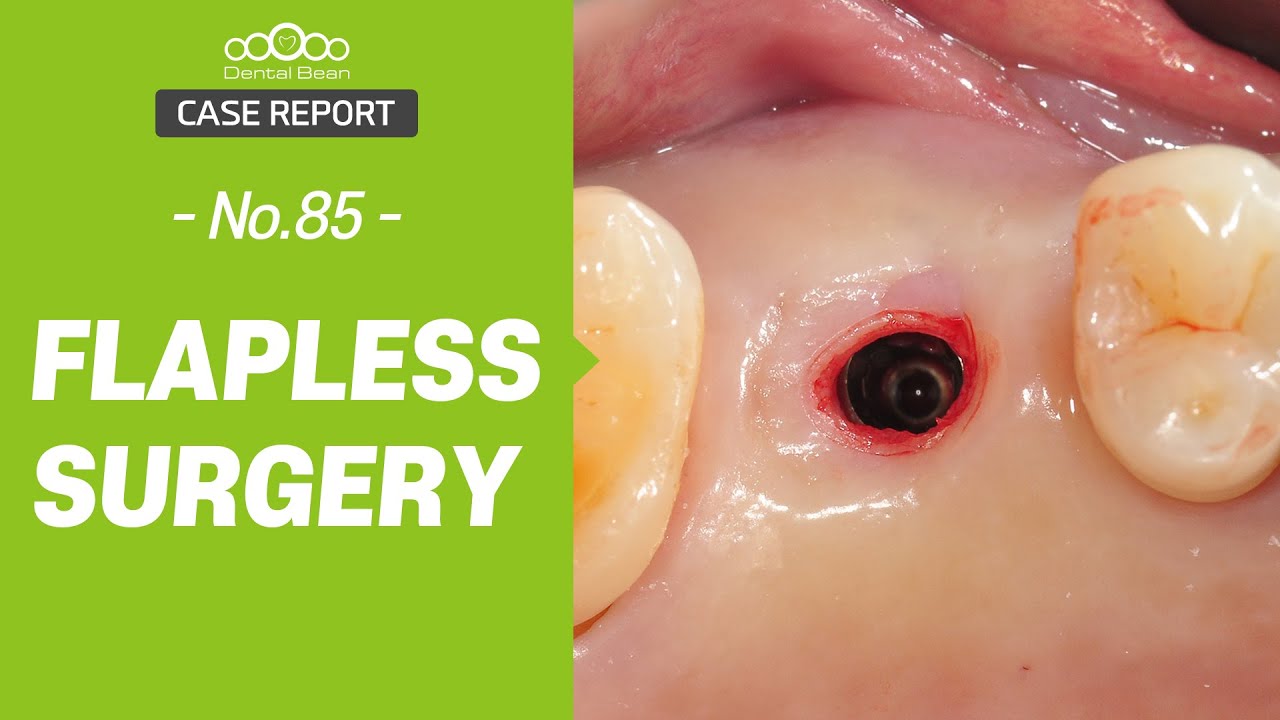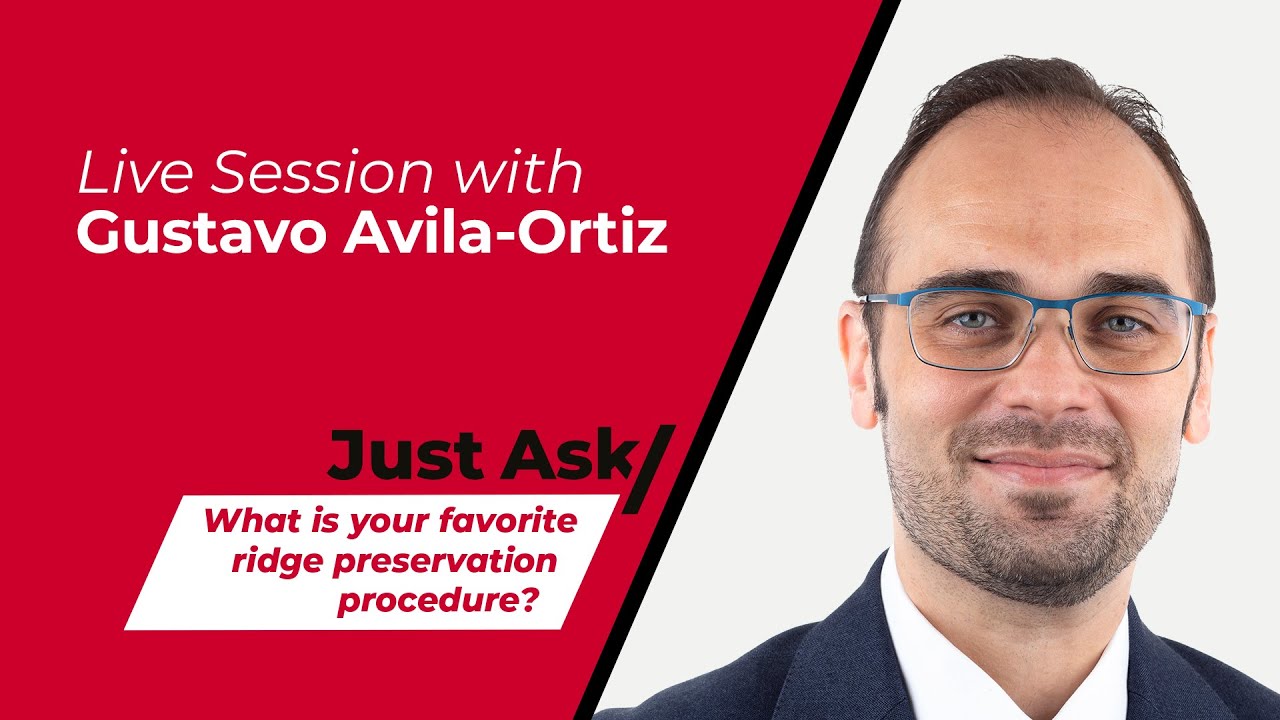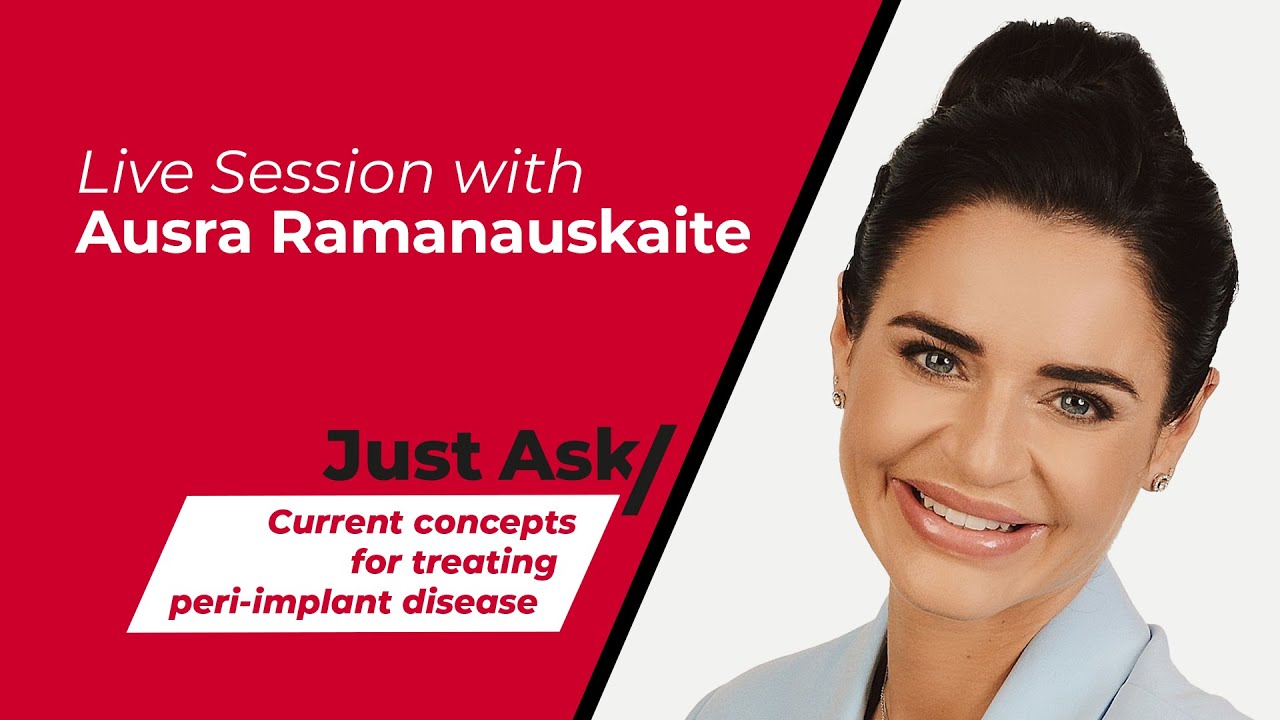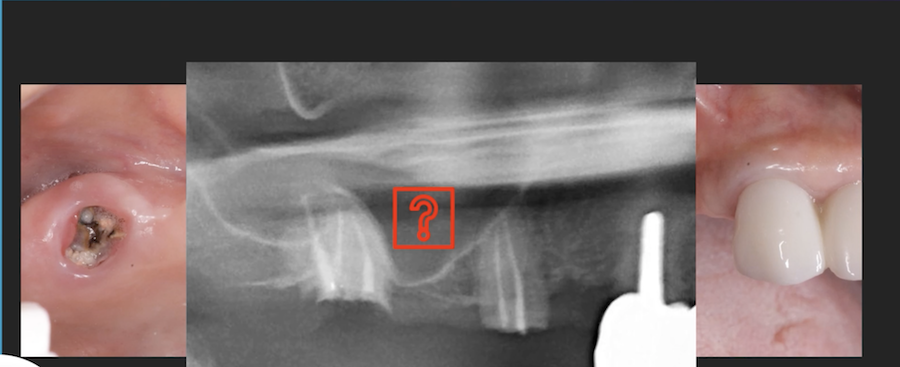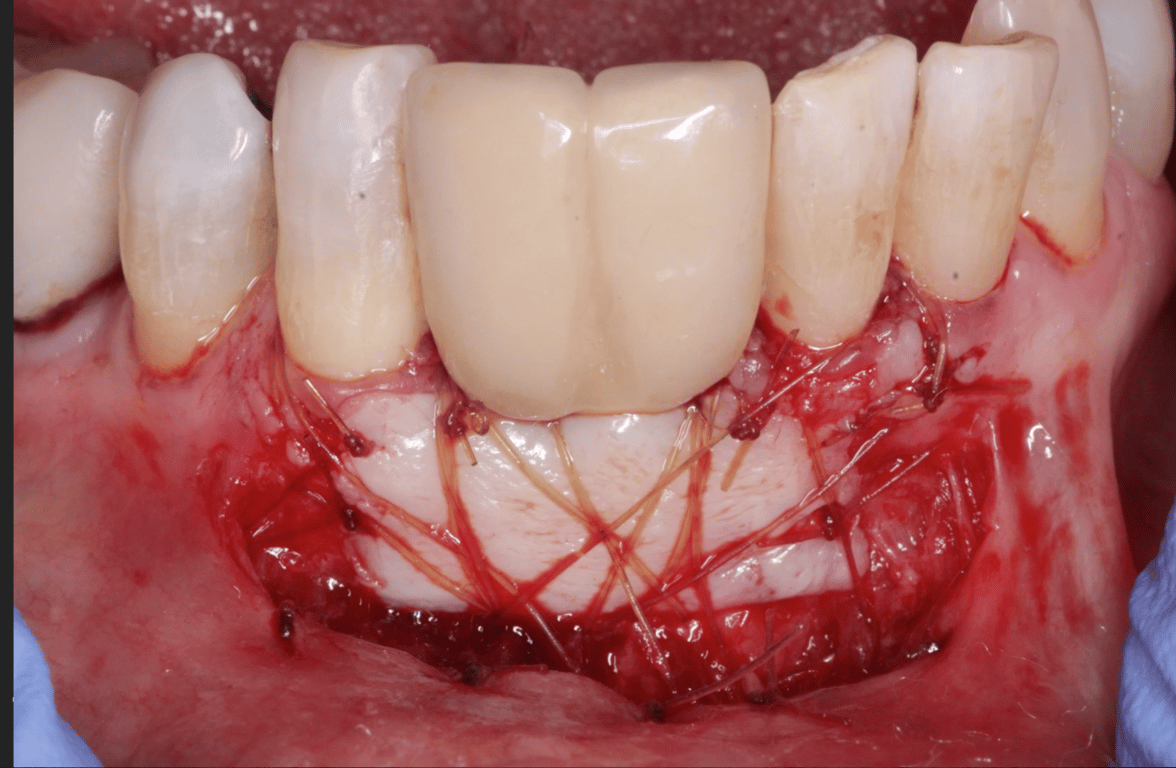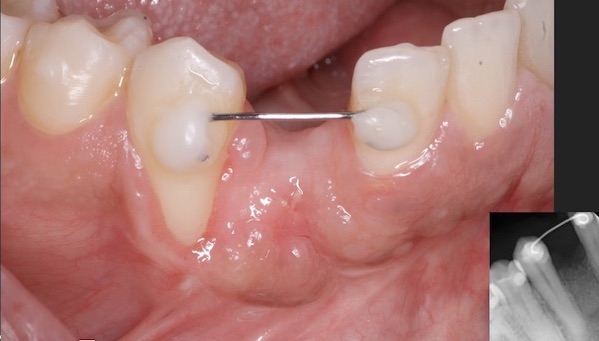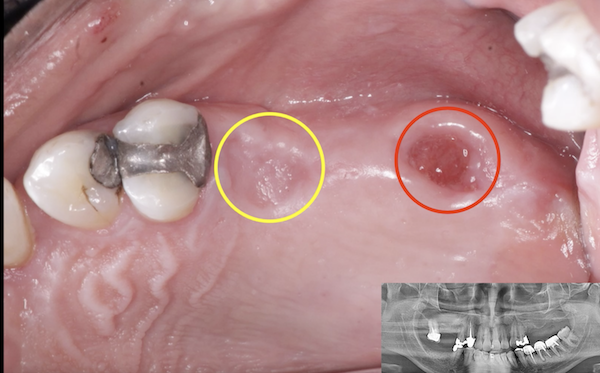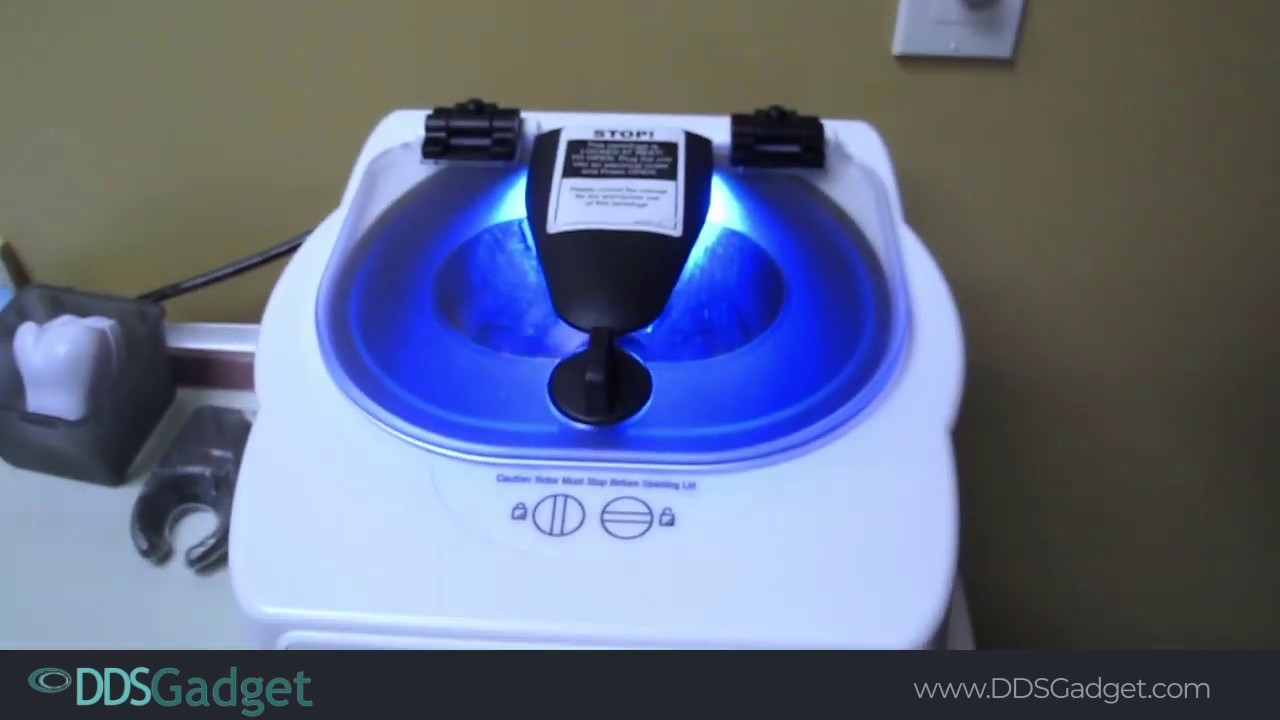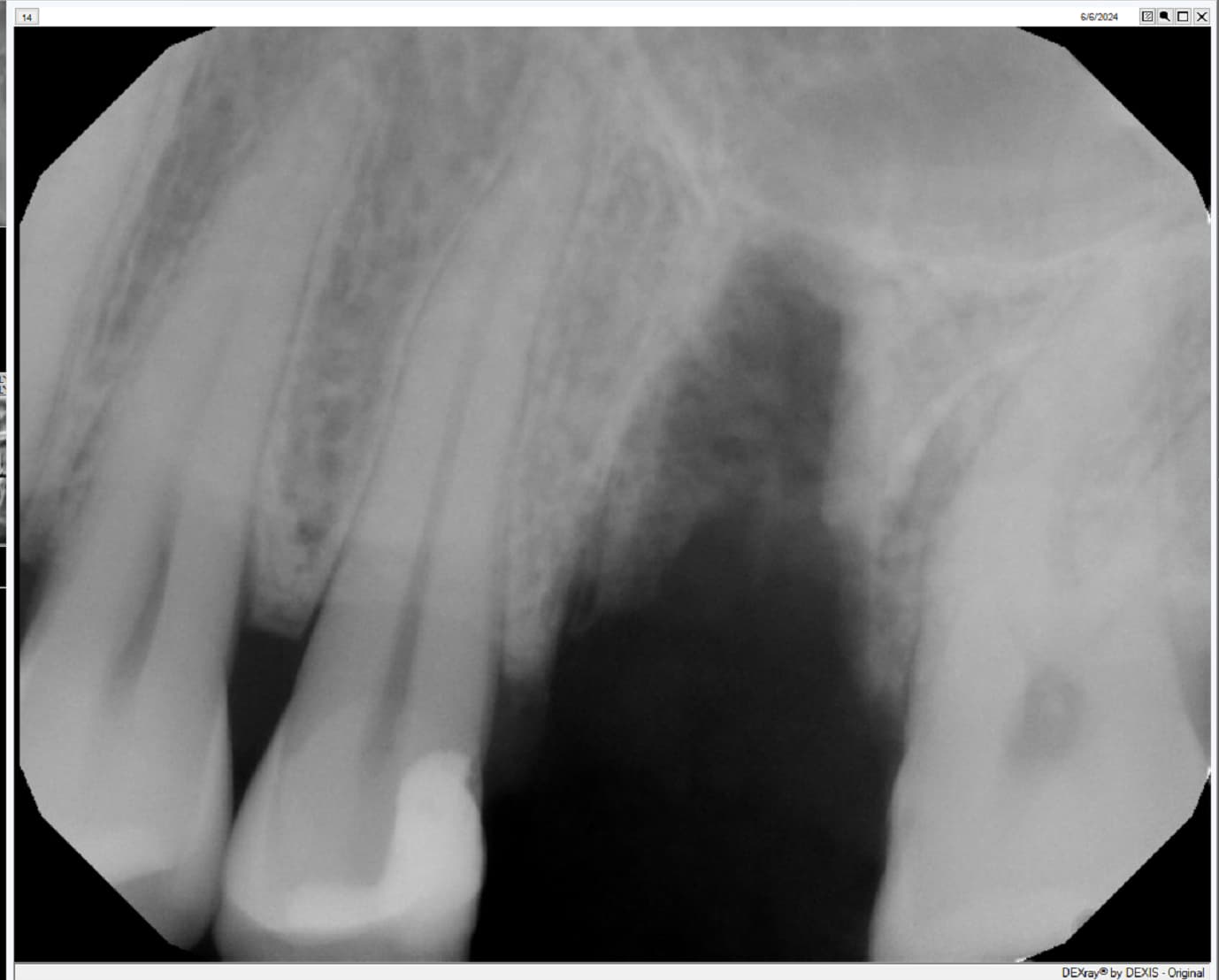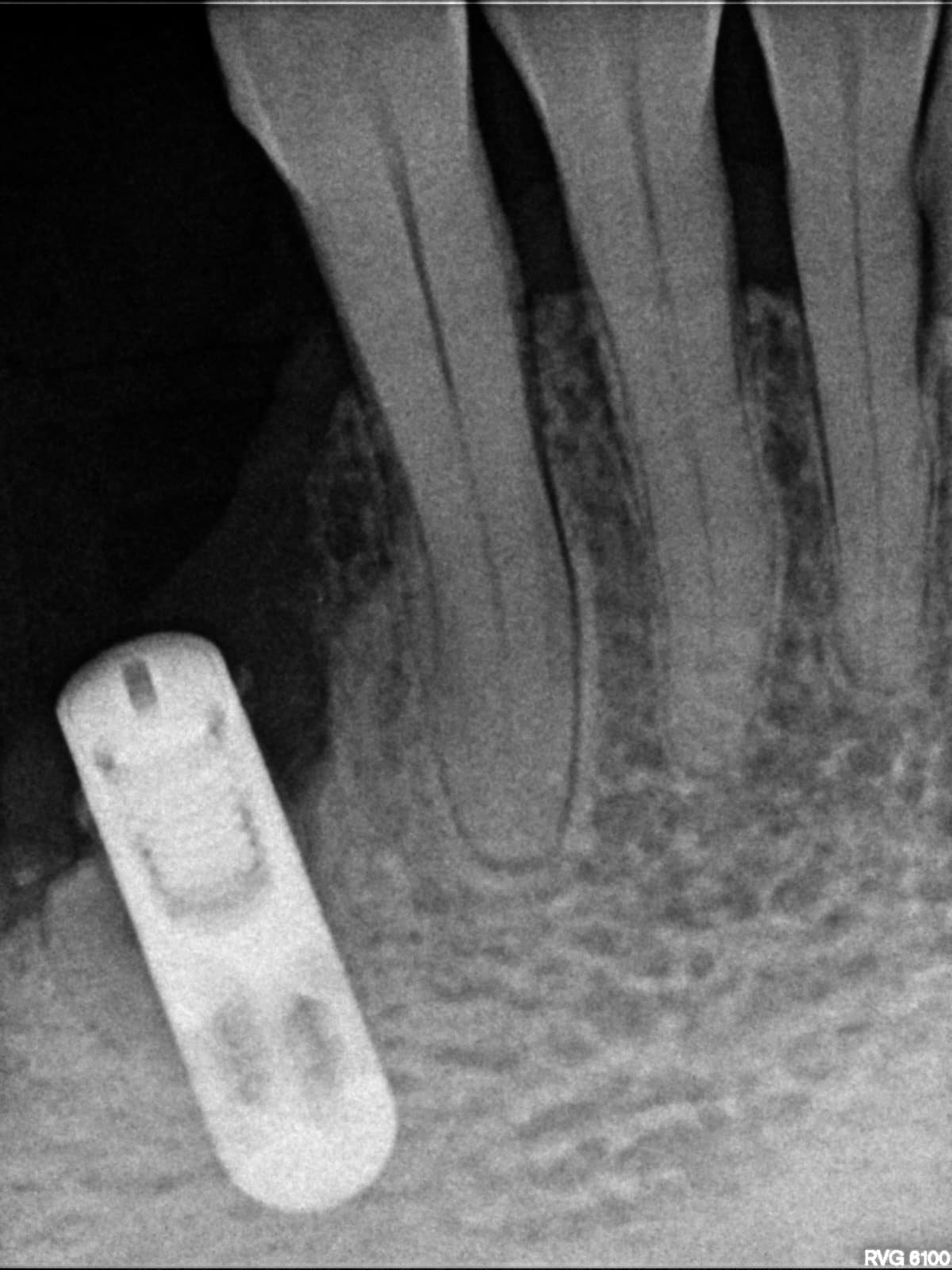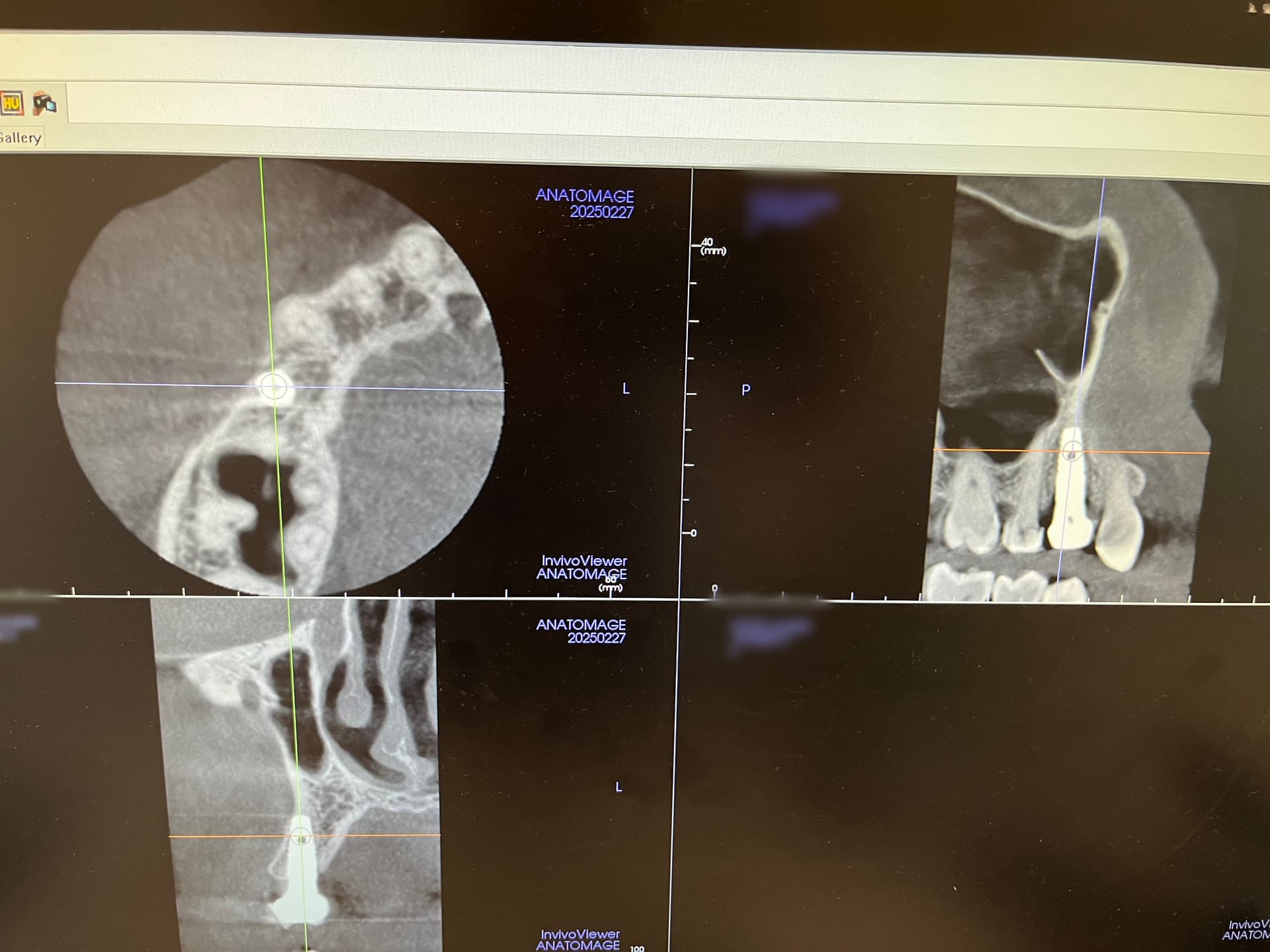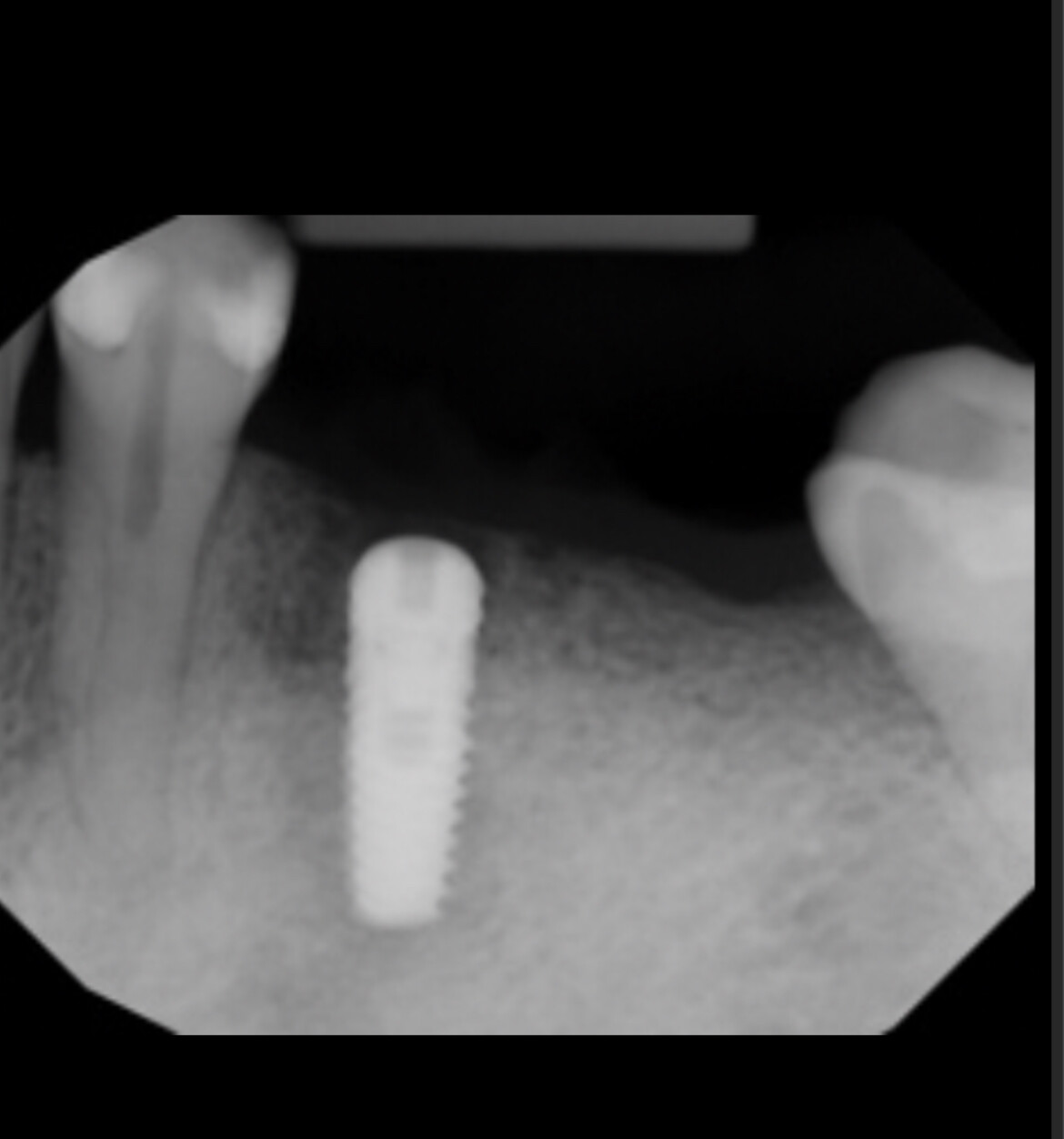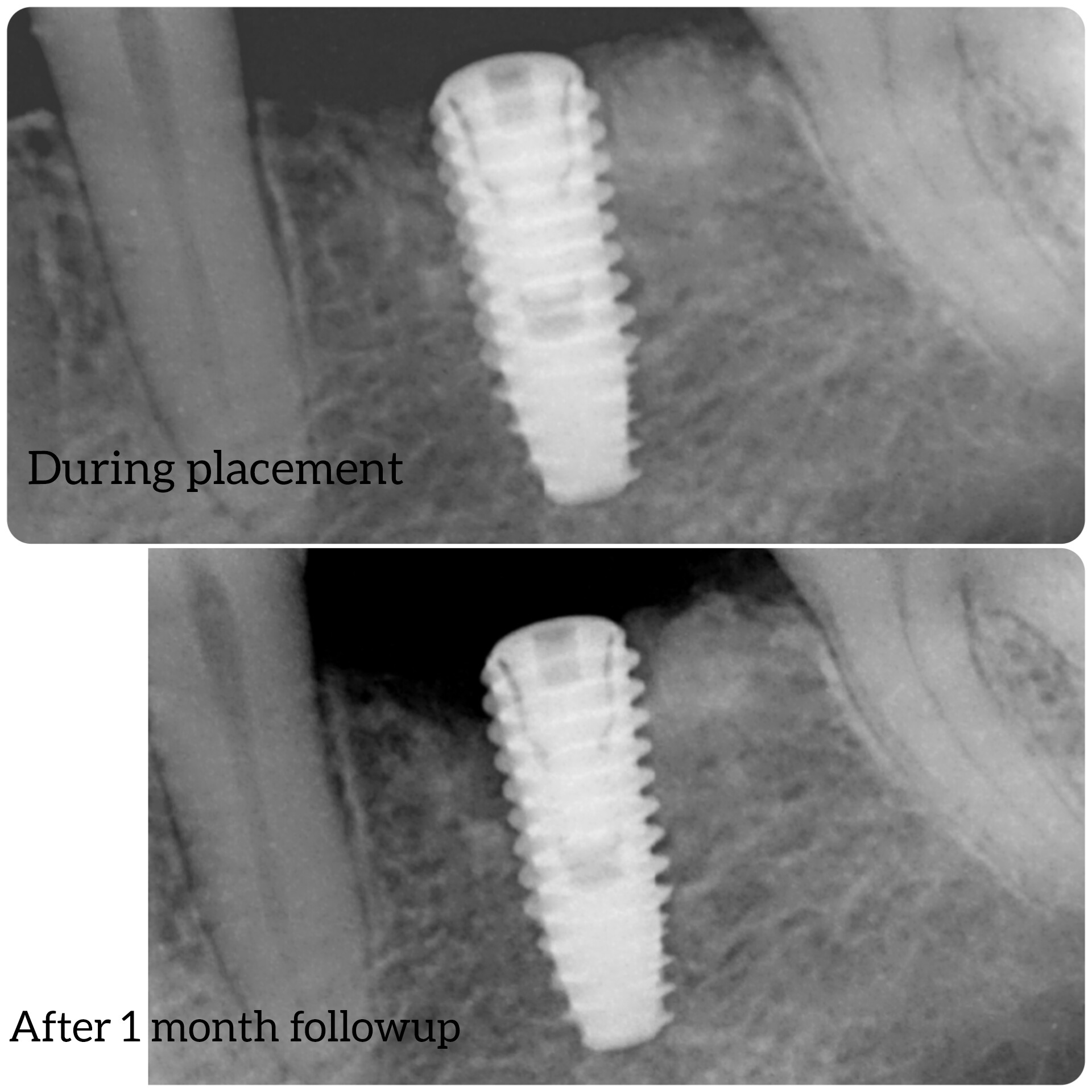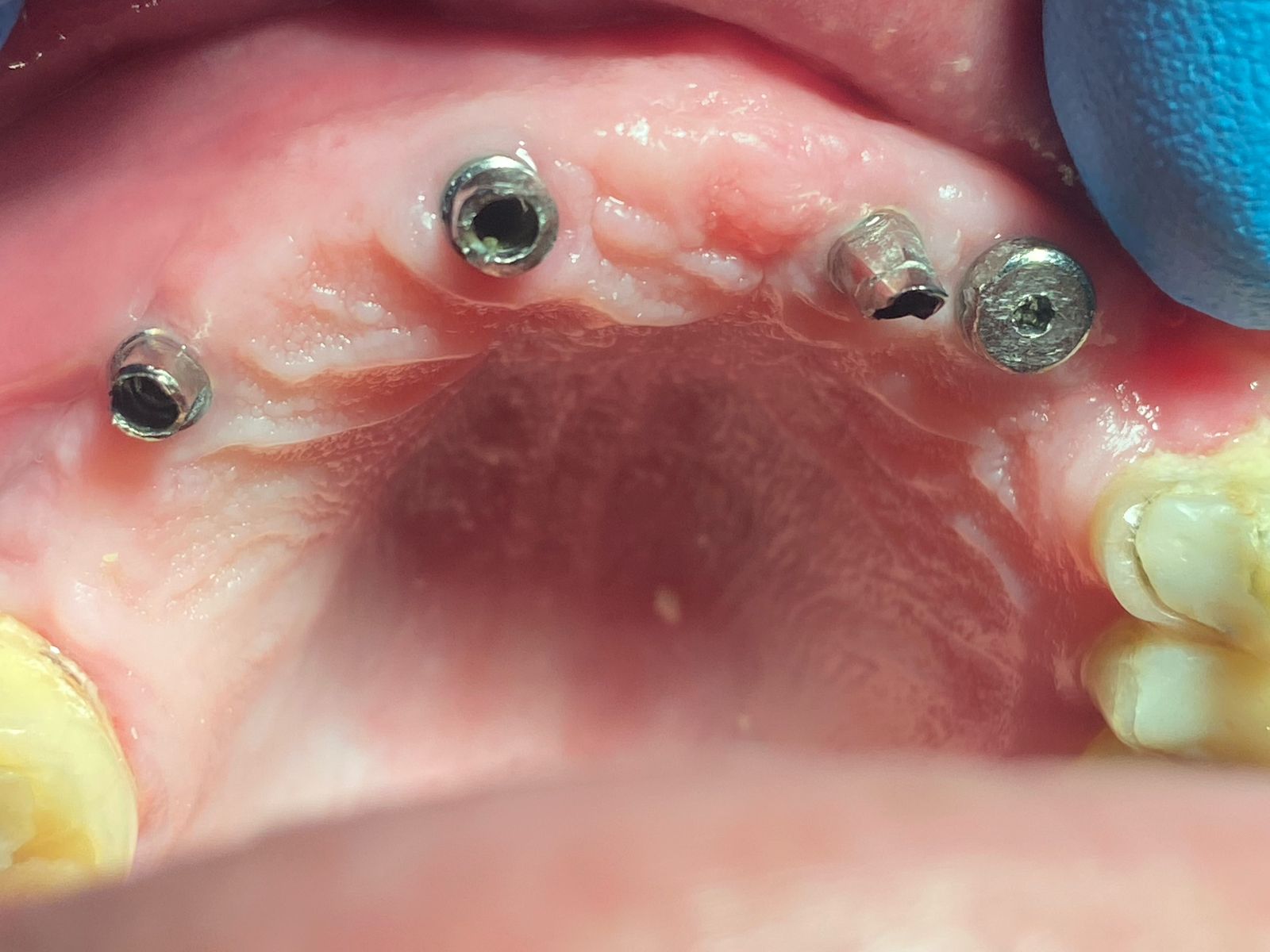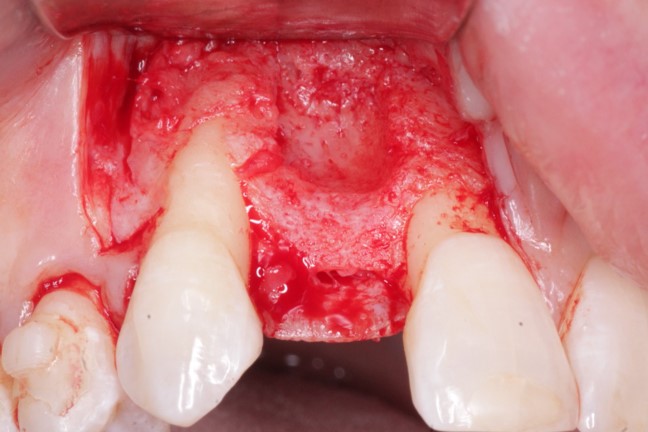Impressions for Multiple Implants: Best to Splint all Transfer Copings Together with Resin?
Dr. F. asks:
When making an impression of multiple implant fixtures in one arch, is the best procedure to splint all the transfer impression copings together with resin (eg Duralay, GC Resin)? I have seen demonstrations where the dentist connects all the impression copings together then cuts through sections to allow the resin to relax from polymerization shrinkage and then adds fresh resin to fill in the gaps with the entire resin connection in an unstressed state. I currently am treating a case with 8 Nobel Biocare implant fixtures in the maxilla. They are all internal connections with 7 of them regular platform and one is wide platform. I had planned on using open tray, splinting them together and taking a fixture level impression. Are there any special concerns or techniques to be aware of?

